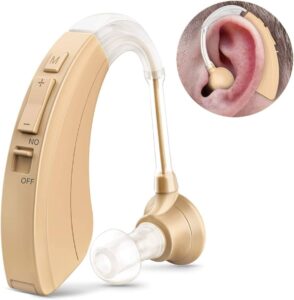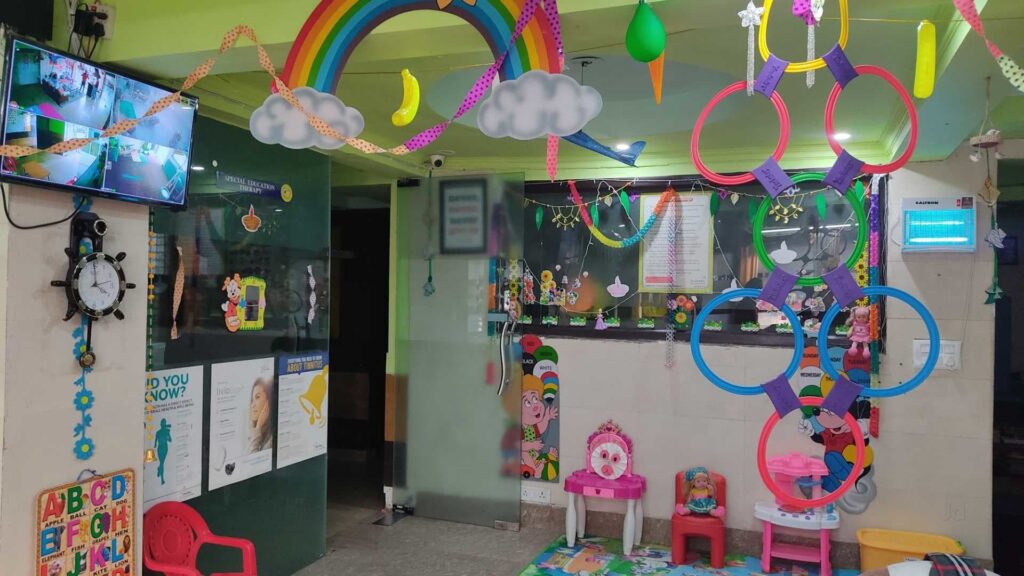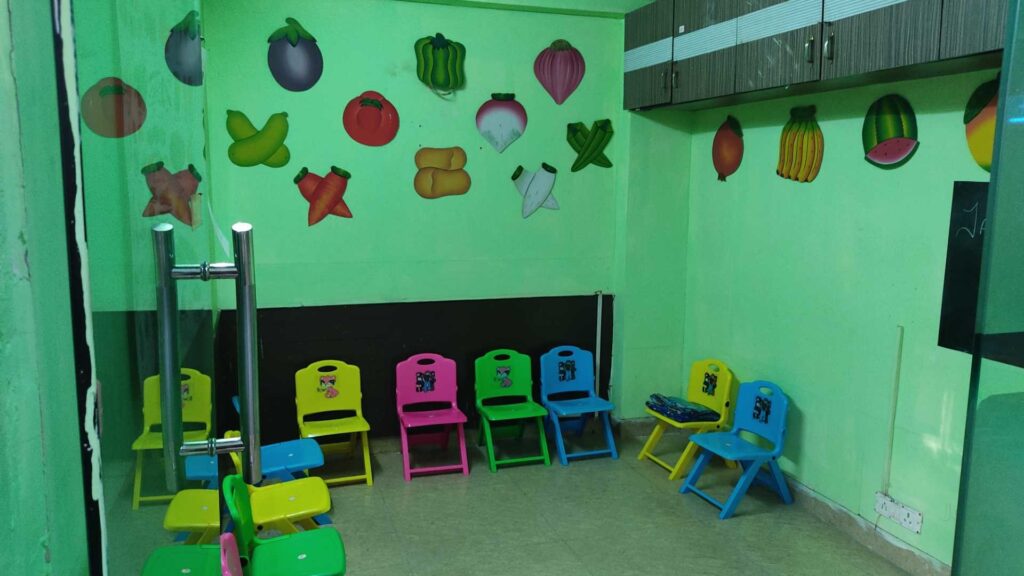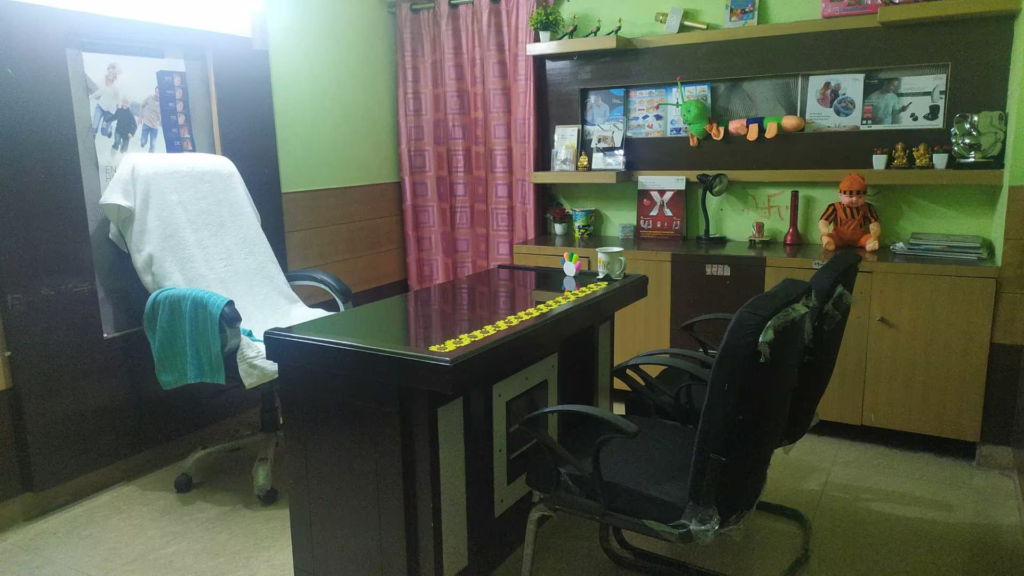Hearing Aid
There are several parts of the ear, including the outer, middle, and inner ear.
A hearing loss can happen when any part of the ear or auditory (hearing) system is not working in the usual way.
There are four types of hearing loss: conductive, sensorineural, mixed, and auditory neuropathy spectrum disorder.

Key Components of Hearing Aid
Hearing aids use these parts to help pick up and amplify sound from your environment and channel it into your ear: microphone (detects the sound), amplifier (makes the sound stronger), speaker (sends the sound into your ear so that you can hear it), battery (provides power to the electronic parts).
Most Personalized Solution.
MDHearing: Most Feature Options.
Lexie: Most User-Friendly.
Audicus: Most Financing Options.
Signia: Most Natural Sound.
ReSound: Best Rechargeable.
Starkey: Best with Fall Detection.
Benefits of Hearing Aid
If you forget to clean your in-the-ear hearing aids on a daily basis, you increase your risk of getting an earwax impaction or infection. Additionally, in-the-ear hearing aids also require more maintenance and repairs than some of their counterparts.
Improved Communication: Enhances the ability to express thoughts, ideas, and emotions effectively.
Better Social Interaction: Facilitates improved interactions with others and enhances social participation.
Enhanced Academic Performance: Supports language development, which is crucial for learning and academic success.
Increased Independence: Promotes the ability to perform daily activities independently, especially for those with swallowing disorders.
Higher Quality of Life: Reduces frustration and improves overall well-being by addressing communication and swallowing difficulties.



